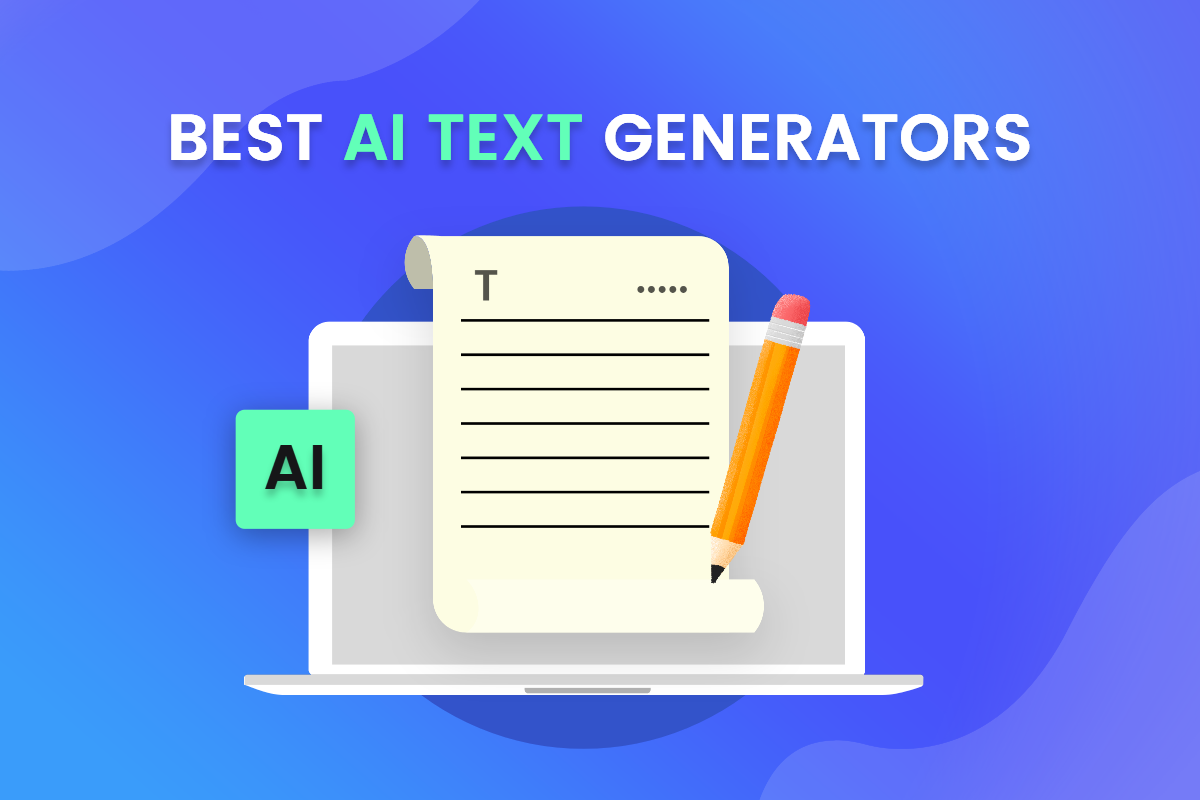Utilize AI text generators to supercharge your writing process. These tools transform basic ideas into compelling narratives, ensuring your content stands out. Start by identifying the core message you want to convey. Simply input your topic, and watch as the AI suggests relevant phrases and structures, saving you hours of brainstorming
Сhatgpt unblocked.
Integrate specific keywords to fine-tune the output. By including targeted terms, you enhance the relevance of the generated text, aligning it with your audience’s interests. Don’t hesitate to adjust the tone–most generators offer settings for casual, formal, or persuasive styles, making it easy to match your brand voice.
Experiment with different prompts. The more creative your input, the more interesting the results. Consider asking the AI to explore various angles or perspectives on a topic. This technique can lead to unexpected insights and rich content that engages readers and keeps them coming back for more.
Finally, always review and tweak the generated text. While AI tools provide a solid foundation, your unique touch adds authenticity and personality. Edit for clarity and flow, ensuring the final piece resonates well with your audience.
AI Text Generator: Practical Applications and Considerations
Leverage AI text generators for content creation, allowing writers to speed up the drafting process. Use them to brainstorm ideas, ensuring that initial concepts flow smoothly into structured articles. The capability to generate outlines can streamline planning and enhance content organization.
Implement these tools in customer service scenarios. Automate responses to frequently asked questions, providing consistent answers and improving response times. Integrate AI with chatbots to handle customer inquiries, freeing human agents for complex issues.
AI text generators assist in generating personalized marketing content. Tailor messages to specific audience segments based on data analysis, increasing engagement and conversion rates. Utilize AI for A/B testing of different copy variations to identify the most effective messaging.
Academic institutions benefit from AI by aiding in research and summarization. Use text generation to review and condense literature, allowing researchers to focus on analysis and insights. Generate citations or reference lists accurately, saving time during the writing process.
Before adoption, assess the context of usage. Review for accuracy and coherence, as AI models may produce plausible but misleading information. Create guidelines for human oversight to enhance the quality of generated text. Engaging editors ensures that content aligns with brand voice and ethical standards.
Consider the implications of bias in AI-generated content. Train models with diverse datasets to mitigate risks of reinforcing stereotypes or misinformation. Regularly evaluate outputs for inclusivity and representation, taking corrective action when necessary.
Monitor legal and copyright issues related to proprietary content. Understand the terms of service for different AI tools and ensure compliance when generating text. Establish clear protocols on how generated content can be used commercially.
Choosing the Right AI Text Generator for Your Business Needs
Select a text generator that aligns with your specific goals. Assess whether you need chatbot capabilities, content creation for blogs, or marketing copy. Each task may require a different type of AI model.
Evaluate the language support. If your audience speaks multiple languages, ensure the tool can generate text effectively in those languages. Check user reviews and case studies for insights into performance in various languages.
Consider the customization options available. Some generators allow you to fine-tune the tone and style of the text, providing flexibility to match your brand voice. Test these features through trial plans to see how well they perform.
Look into integration capabilities. The right tool should seamlessly integrate with existing software like Customer Relationship Management (CRM) systems or content management systems (CMS). This can enhance workflow and reduce manual effort.
Price is another important factor. Compare various pricing models and choose one that fits your budget while delivering quality output. Think about long-term costs, especially if you anticipate needing a high volume of text generation.
Finally, assess the ease of use. A user-friendly interface can save time and training resources. Opt for platforms that offer robust support and onboarding resources to ensure your team can hit the ground running.
Best Practices for Integrating AI Text Generators into Content Workflows
Begin with a clear outline of your content goals. This guides the AI in generating relevant text that aligns with your objectives. Define specific topics, target audiences, and key messages.
Incorporate AI tools at different stages of your workflow. Utilize them for brainstorming ideas or creating first drafts, while ensuring you have human oversight for refinement and quality assurance.
Maintain a consistent voice throughout your content. Train your AI with examples of your brand's tone and style to ensure the generated text matches your existing materials.
Set parameters for the AI, including tone, length, and specific keywords. This helps the generator produce more tailored content that meets your needs without excessive editing.
Establish a feedback loop. After utilizing generated content, gather input from your team on its effectiveness. Use this feedback to adjust prompts and improve future outputs.
Monitor the performance of AI-generated content. Track engagement metrics such as views, shares, and time on page. Analyzing these stats helps refine your strategy over time.
Ensure compliance with guidelines and ethical standards. Clearly mark content generated by AI and address potential bias by reviewing outputs critically.
Maintain a balance between AI-generated and human-written content. This approach keeps your output varied and engaging, highlighting unique perspectives that AI might miss.






